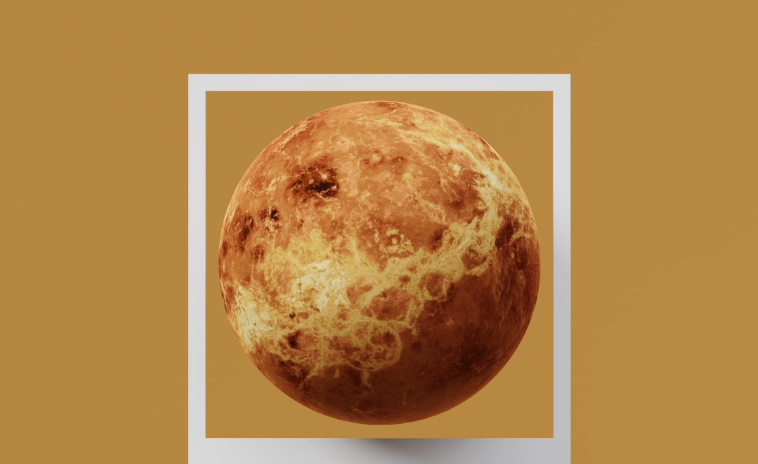Observing Miss Venus

Of all the planets, the most tempting objects to observe are Saturn and Jupiter. The first because of its magnificent rings, and the second because of the stripes with which it is speckled and because of the large red spot.
Then comes Mars, because sometimes you can notice its relief with an amateur telescope.
But watch Venus. Yes, Venus! It is covered by clouds, and you will think at first that there is no reason to observe it, but experienced observers think differently and say that it is a good time to aim our telescope at Venus when it is farthest from the Sun.
The whole of Venus is enveloped in a dense, thick and opaque cloud layer of carbon dioxide, nitrogen, sulfur dioxide, carbon monoxide, etc. But just such an atmosphere is a challenge for a good observer.
Even three and a half centuries ago (1666 and 1667), the first director of the Paris Observatory, Giovanni Domenico Cassini, noticed bright and dark spots on Venus. And later there were other observational reports that talk about something similar.
Cloud characteristics, according to astronomy, can be classified into three categories, depending on latitude. At the poles, you can see light peaks bordered by darker stripes, in the equatorial region of the stripes that emerge from the terminator like some fingers, and then lighter or darker spots like freckles in other areas.

Try going out these days to spot these forms on Venus. It is certain that some practice and experience in observation is necessary because the image in the eyepiece of the telescope is small and wobbly.
There is something else very interesting. Venus is a dazzling object, the brightest body in our night sky after the Moon. This shine of Venus comes to the fore on the days when the planet is far from the Sun, when it is in great elongation.
It is the best time to observe Venus, but be careful, its brightness can be really great then, so much so that it bothers you in contrast with the night sky. That is why it is advised to observe Venus during the day, not at night, but while the Sun is still in the sky, perhaps before sunset or sunrise.
There are observers who noticed these atmospheric patterns on Venus even with a rather modest instrument of only 2.4 inches. Clearly, a larger diameter telescope is better.
And experiment with fillers. They say that when you observe Venus during the day with a Baader filter, you can see more details, especially if you use a blue filter.
And finally, something else. Occurrences in the clouds of Venus are the result of events deep within the planet itself. Yes, if you thought of volcanic activity – you are right.

